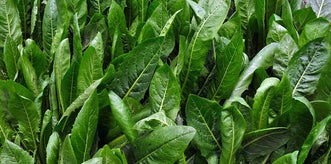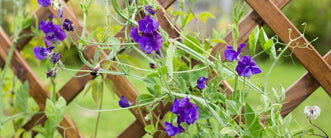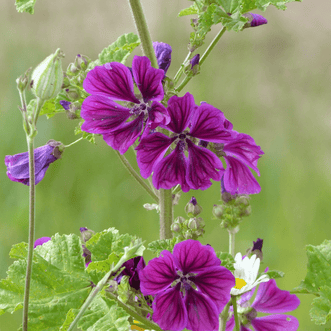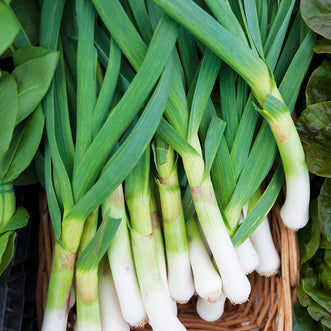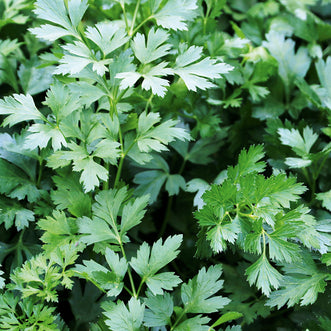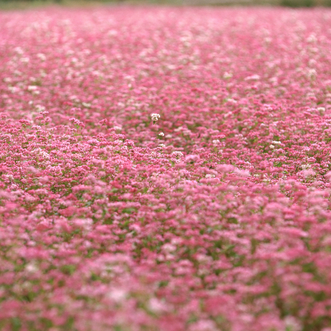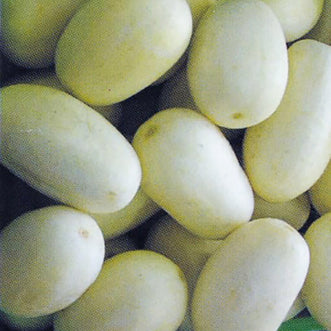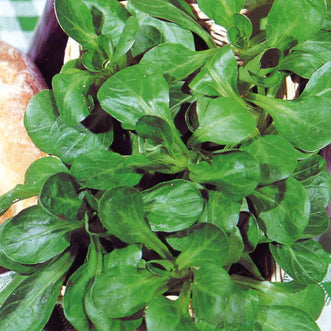Plant Botanical Names
BOTANICAL NAMES

Do you know another common name for Barberton Daisy or Cockscomb or Peruvian Lily or Ragged Lady?
If you asked for Columbine or Granny’s Bonnets what would you get?
These are Common Names. These plants are known all over the world by different names, in different languages. Common Names are great – they add a bit of local knowledge and history and there have been some cool ones over the years.
Especially Kiss me over the Garden Gate!
So Botanical Names? Who started them, what are they and why use them?
Who started them?
They were started by Carl Linnaeus, a Swedish naturalist in the mid-18th century.
He designed a system for classifying and naming plants, animals and minerals which is still used today.
During the 17th century, others had already begun to organize plants into large groups and these large groups into smaller groups called genera (or genus).
Carl Linnaeus broke these genera down into smaller units (species) to identify the natural order of plants.
That order is based on structural features to ensure a plant’s survival.
He decoded an order that was already there in nature and helped to make it desirable and even fashionable to grow interesting plants.
What are they?
Botanical names are brief, concise and informative.
They consist of two words (binomial), the genus name and the species name. Sometimes there’s a third name for the sub species.
Take an example – Japanese maple - Acer palmatum dissectum.
Acer means maple - palmatum means leaves shaped like a hand - dissectum means very finely dissected, like threads.
Pretty simple, huh?
All varieties listed in our catalogue and on our website have just genus and species names – the sub species names are not necessary and so we choose not to list them.
Why use them?
You’ll find them everywhere in gardening, on seed packets, in catalogues, on websites and at garden centres and nurseries.
No matter where you are in the world, plants can be identified using the botanical name.
Nigella damascena is the same thing whether it is locally known as Ragged Lady or Love in a Mist.
A decision was made a few years ago to focus more on botanical names than common names for this reason.
You may know that when you've called us and asked for a variety using a common name with which we’re not familiar, we ask for the botanical name.
This makes it a lot easier to find AND to ensure that you're talking about the same thing as us – THE UNIVERSAL LANGUAGE!
The language is very descriptive and where a word didn’t exist in Latin or Greek, a comparison was made – species names are often described as “like something else”.
Flowers have a far greater variety of botanical names than vegetables. As you can imagine, there are many more colours, leaf forms, plant shapes and plant differences.
Vegetables are largely cultivated so often have the species names of oleracea, sativus/sativum/sativa and vulgare/vulgaris which all mean a similar thing - a common, edible variety that has been planted deliberately.
And so the answers to your quiz .....
Barberton Daisy = Gerbera; Cockscomb = Celosia; Peruvian Lily = Alstroemeria; Ragged Lady = Nigella
If you asked for Columbine or Granny’s Bonnets you would get Aquilegia!



